
|
|
|
|
|
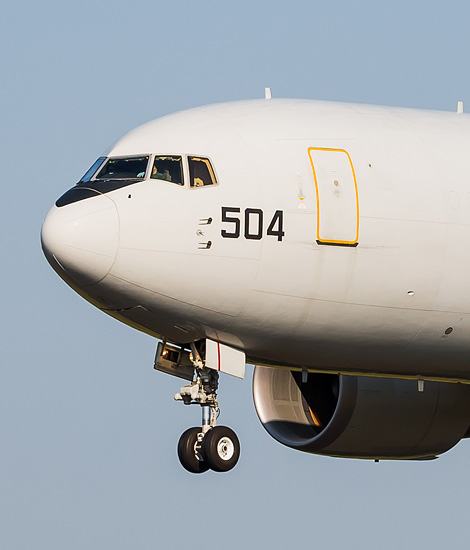
|
Guarding the Japanese Airspace; Hamamatsu, November 1, 2019
The Japanese Early Warning Fleet; Text and Photograph's by Alex van Noye
The Japanese Early Warning fleet today plays a very important role in monitoring and guarding Japanese airspace against unwanted intruders. The fleet consists of nine E-2C Hawkeye radar aircraft and four Boeing E-767 radar aircraft. These aircraft monitor Japan's airspace 24 hours a day 365 days a year.
The history of the Japanese early warning aircraft dates back to the Cold War. Japan has become a military partner of the United States since World War II and is not far from the Soviet Union in Asia. On September 6, 1976, Soviet Air Force pilot Viktor Belenko successfully defected to the West. He carried out this action by flying his Russian MiG-25 'Foxbat' to Hakodate in Japan. During this incident, the Japan Air Self-Defense Force (JASDF) radar lost sight of the aircraft when Belenko was flying his MiG-25 at low altitude. This incident would eventually lead the JASDF to purchase aircraft that could guard the borders of the Japanese Empire from the air. Until this incident, Japan only had radar stations on the ground. In 1976, the United States Air Force was about to deploy the Boeing E-3A Sentry. This aircraft is a warning and monitoring system aircraft. The Sentry was also considered by the JASDF as the prime candidate for the airborne early warning mission. However, the Japanese Defense Agency (JDA, now Ministry of Defense) realized that the E-3A Sentry would not be readily available due to the needs of the USAF itself. The aircraft could not be built any faster, so Japan would have to wait a few more years. The JASDF opted instead to purchase the US Grumman E-2 Hawkeye radar aircraft instead. The E-2C Hawkeye entered service in January 1987 with the Airborne Early Warning Group (AEWG) at JASDF Misawa Air Base. From that moment on, Japan had its first flying radar station at its disposal.
A few years later, the JASDF felt the need to expand the fleet of Hawkeye radar aircraft with a second type. In 1991, the JDA requested funding to improve the airborne early warning system by purchasing a number of E-3A Sentry aircraft. Unfortunately, production of the American Boeing 707-based E-3 airframe had ended in 1991 and the plan was shelved. The following year, Boeing proposed a Boeing 767-based AWACS (Airborne Warning And Control System). In the end, the JDA agreed to purchase two
|
|
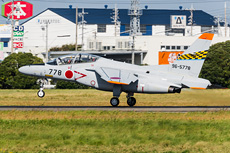
|
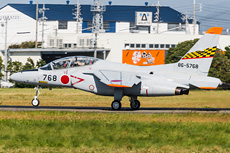
|
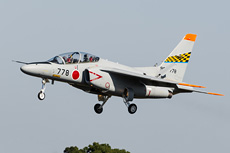
|
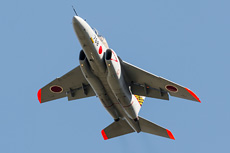
|
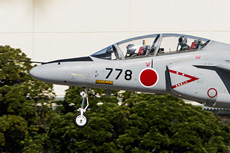
|
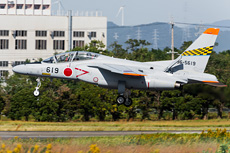
|
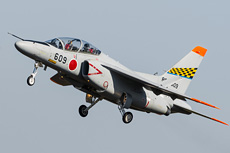
|
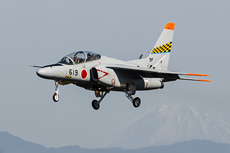
|
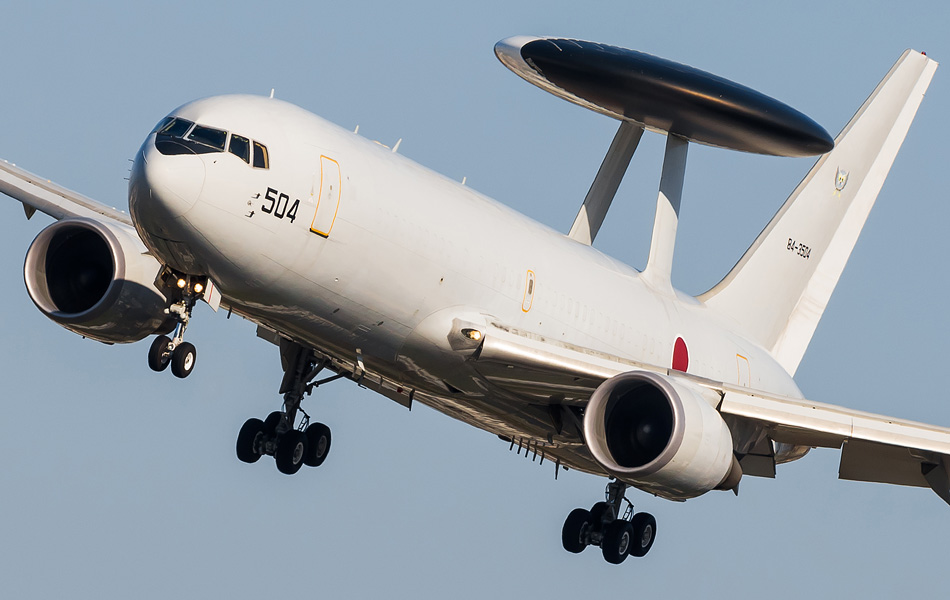
|
E-767s in fiscal year 1993 and two more aircraft in fiscal year 1994. These four aircraft are now based at Hamamatsu in central Japan not very far from Tokyo. The current E-2C fleet is now outdated and in need of replacement. On November 21, 2014, the Japanese Ministry of Defense officially decided to purchase the E-2D version of the Hawkeye instead of the Boeing 737 AEW & C concept. The 737 concept was too expensive, which meant that fewer aircraft could be purchased. The JASDF has therefore decided to go for new Hawkeye aircraft. In June 2015, the Japanese government requested that four E-2Ds be purchased through a foreign military sale. In September 2018, the Defense Security Cooperation Agency notified Congress of the potential sale of up to nine E-2Ds to Japan to replace the E-2C fleet. The E-2 fleet is still an important asset for the Japanese Early Warning today.
The JDA requested a budget of 113.9 billion JPY for the purchase of two E-767s in fiscal year 1993 and 108.1 billion JPY for two more E-767s in FY 1994. This budget is very large compared to about 8 billion JPY for the E-2C and an estimated 29.6 billion JPY for the E-3A, but was politically rationalized as a means of easing tension over Japan's large trade surplus towards the United States. In addition, the Japanese aircraft manufacturers are responsible for 15% of the aircraft production for the 767. This means that some of the money would indirectly return to Japan in the form of 767 orders. The procurement of the E-767 was divided into two phases by the Japanese government. The first phase was the purchase of a standard 767 aircraft by the Japanese government through the trading company Itochu Corporation. In the second phase, the aircraft were modified and the AWACS equipment was installed by the American and Japanese contractors under the supervision of the US government under the rules of Foreign Military Sales. The base frame of the E-767 is that of a Boeing 767-200ER. The Boeing designation for this type is 767-27C. The "7C" designation is the Boeing customer code for the JASDF. The 767 airframe offers about 50 percent more floor space and almost twice the volume of the Boeing 707 on which the E-3 Sentry is based. The military electronics are installed in the forward cabin to balance the weight of the aircraft with the rotating radar on top of the rear fuselage section. The space in the back of the aircraft contains the rest area for the crew and the galley and toilet for the crew.
The electronic system in the E-767 is basically the same as that of the later E-3 models. The aircraft is equipped with Northrop Grumman's (formerly Westinghouse Electronic Systems) AN/APY-2 passive electronically scanned array radar system. This system is a three-dimensional radar that measures azimuth, range and altitude simultaneously and has superior surveillance capability over water compared to the AN/APY-1 system on the earlier E-3 models. The AN/APY-2 is a Pulse-Doppler radar capable of determining the speed of a tracked target. This surveillance system includes a flexible, multi-mode radar, which enables the AWACS to separate targets at sea and in the air from the ground and sea returns that limit other modern radar systems. The radar has a 360 degree view and can detect targets more than 320 kilometers (200 miles) away at operational altitudes. The AWACS mission equipment can separate, manage and display these targets separately on situational displays. The AN/APY-2 antenna and the Identification Friend or Foe (IFF) Mk XII system antenna are housed back to back in the rotating radar. The information collected by the radar system is processed by IBM's CC-2E central computer in accordance with the E-3 Block 30/35 Modification and can be displayed on the 14 on-board displays. Other important subsystems in the E-767 are identification, tactical data link and navigation. The E-767 is today the JASDFs main flying radar platform to monitor from the air.
|
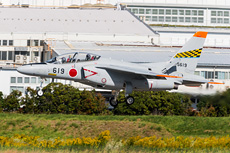
|
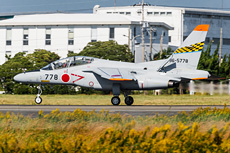
|
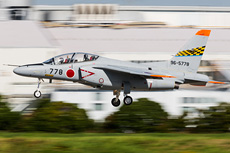
|
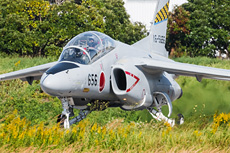
|
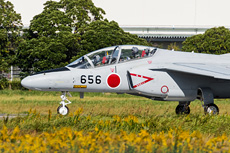
|
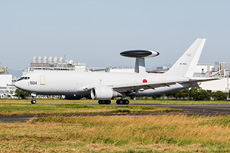
|
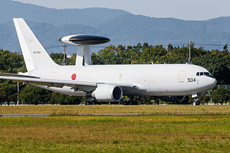
|
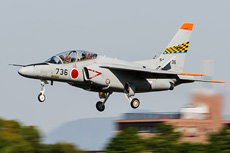
|
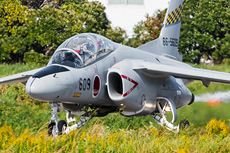
|
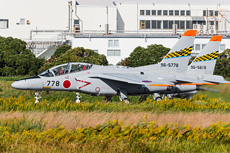
|
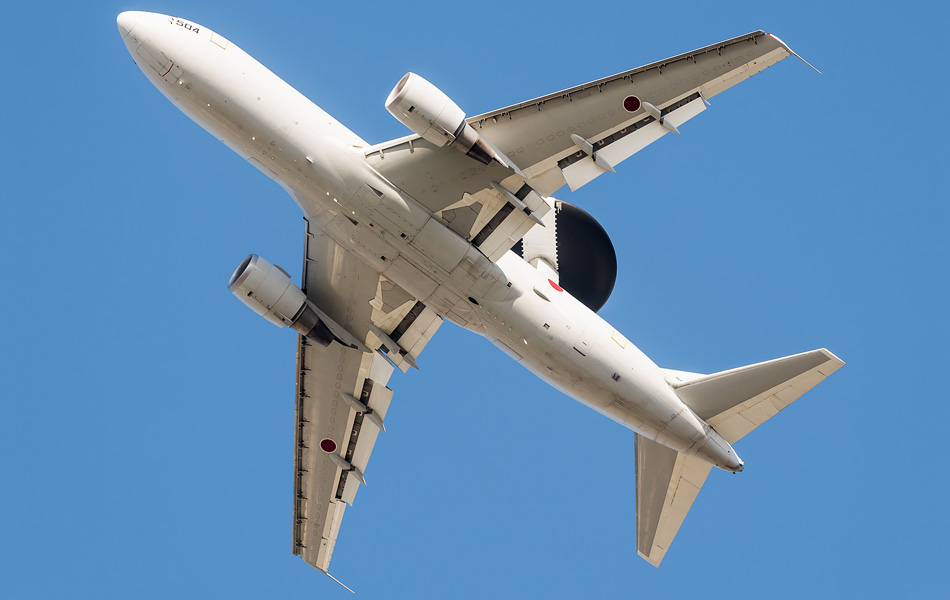
|
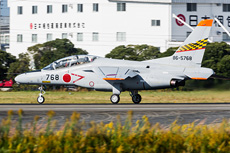
|
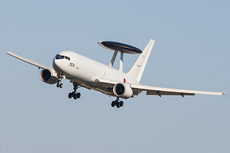
|
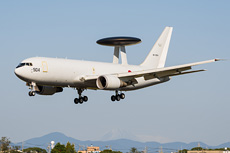
|
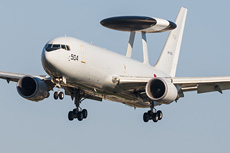
|
|
|

|







